Now that you know what to feed your adopted dingo, let’s look at how to source and prepare your dingo’s dinner. This article covers where to buy dingo food, how much and how often you should feed your dingo.
This the third article in a series about feeding your adopted dingo; click the images above to see parts one and two.
This series has been produced with thanks to Canine Ascension — thank you for generously sharing knowledge and reviewing this article.
Table of contents
- Where do I buy my dingo’s food?
- How do I prepare my dingo’s food?
- How much should I feed my dingo?
- How often should I feed my dingo?
- How do I feed my dingoes?
- When do I feed my dingoes?
1. Where do I buy my dingo’s food?
Some dingo guardians have access to wild game and a greater variety of farmed meat, however, for most of us it can be difficult to access these types of meat.
Instead:
- Buy in bulk from a local raw pet food supplier, or have it delivered
- Check the fridge and freezers in your local pet store
- Supermarkets
- Butchers
- Farms
- Farmers markets
Click here for more tips on sourcing raw food for your adopted dingo.
2. How do I prepare my dingo’s food?
As is the case will all raw food preparation, hygiene is key:
- Wash your hands before preparing your dingo’s food.
- Wash your hands, utensils, chopping boards, food bowls, enrichment toys and surfaces with hot soapy water after use.
- Meat produced specifically for animals is not suitable for human consumption. Avoid using the same tools for human food e.g. use separate chopping boards.
- Find more tips on the Food Standards website.
- Store all raw dingo food in a fridge or freezer.
- If you have a spare fridge or freezer, it may be easier to prepare meals and enrichment toys once a week or once a month. Some dingo guardians freeze meals in portions, one container for each meal. Containers can then be easily removed from the freezer to defrost.
3. How much should I feed my dingo?
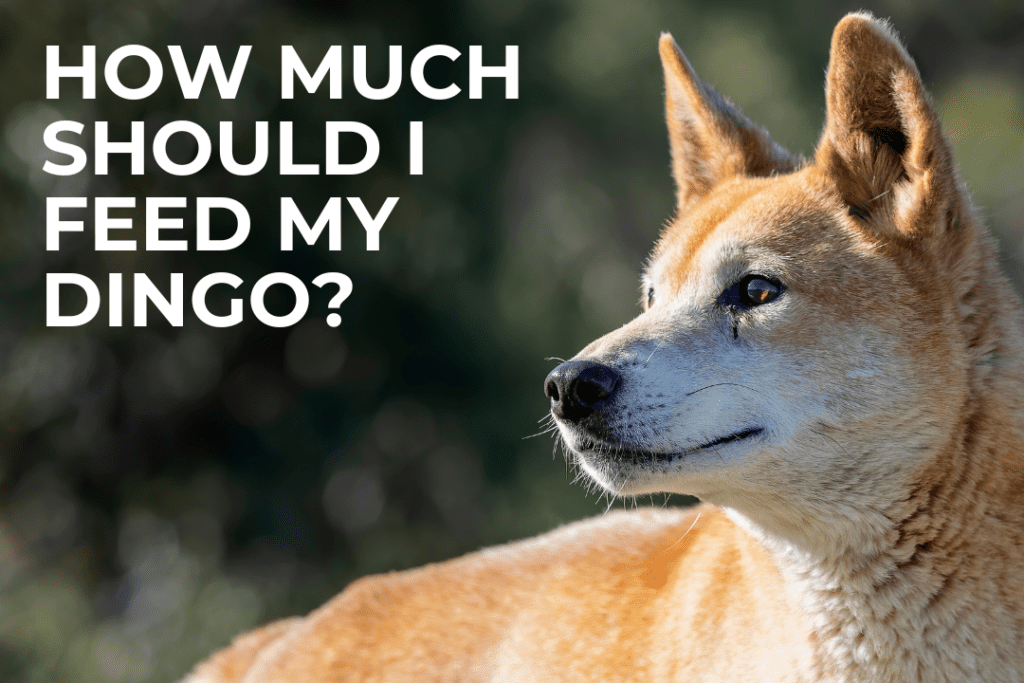
- Dingo Den Animal Rescue recommends feeding your dingo until they are full. If your dingo is full, they might push their food around their bowl with their nose or they might bury their food for later. This behaviour is normal however with two dingoes, we’re mindful this can lead to conflict, so we never allow our dingoes to hide high value food such as raw meat.
- Canine Ascension recommends feeding about “2-3% of your dingo’s ideal adult weight” and then adjusting from there.
- We feed our dingoes about 500 grams of protein each day, which they are generally quite happy with.
- It’s important to note that it’s okay if you can see your dingo’s ribs. Dingoes are naturally lean and do not carry as much weight as domestic dogs.
4. How often should I feed my dingo?
Generally, dingoes only need to be fed once a day, however some dingo guardians offer two meals a day. Dingo puppies will need more frequent feeding, such as 2-3 times a day until they are six months old.
5. How do I feed my dingoes?
It’s important to manage your dingoes’ behaviour and promote positive relationships between your dingoes and also between your dingoes and your family.
- Consider feeding your dingoes separately. The only time we feed our dingoes in the same space is if we are feeding low value items.
- Supervise your dingoes to understand how much to feed them and which foods they enjoy.
- Use a conventional dog bowl or consider ditching the bowl. Other options include:
- Hand feeding
- Slow feeders
- Puzzle toys
- Likimats
- A selection board.
Hand-feeding is an important way to build trust between you and your dingo and can be a bonding experience. We did a lot of hand-feeding in our dingoes’ early days and occasionally feed them by hand today.
6. When do I feed my dingoes?
This is flexible and will vary depending on your own schedule and your dingoes’ behaviour. We tend to feed our dingoes between 1 and 3pm, because this works for us. Our dingoes are familiar with this schedule and are ready and watching for any signs of meal time from about 1pm. If we don’t feed them by about 2pm, they start to remind us. Rusty likes to sit at my feet or under my desk, bump me gently with his paw and eventually escalate to whining. Jalba starts to pace, whine a little and give me a little boop.
If we’re not going to be home at their regular meal time, we feed them early and they are fine.
Find more information about meal timing at the Dingo Den Animal Rescue.
>>> Did you miss Part 1 or Part 2 of this Dingo Diet series? Click the images below for more info.
NOTE: This article is general in nature and is for information purposes only. It is not a substitute for specific qualified advice that considers your or your dingo’s specific circumstances.
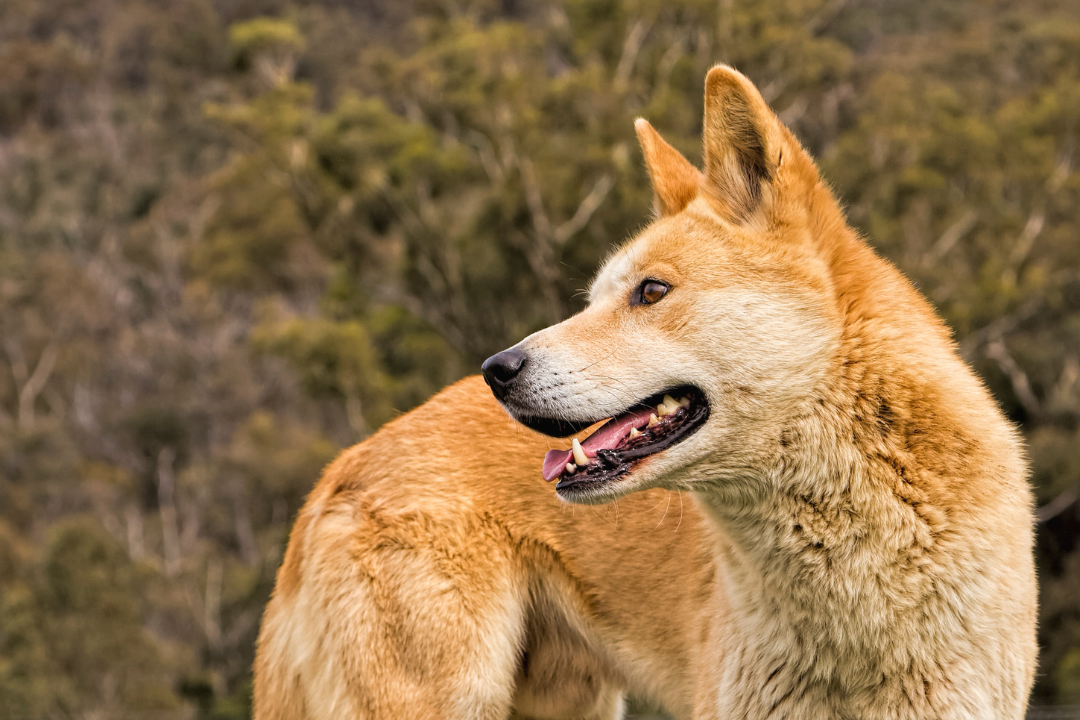
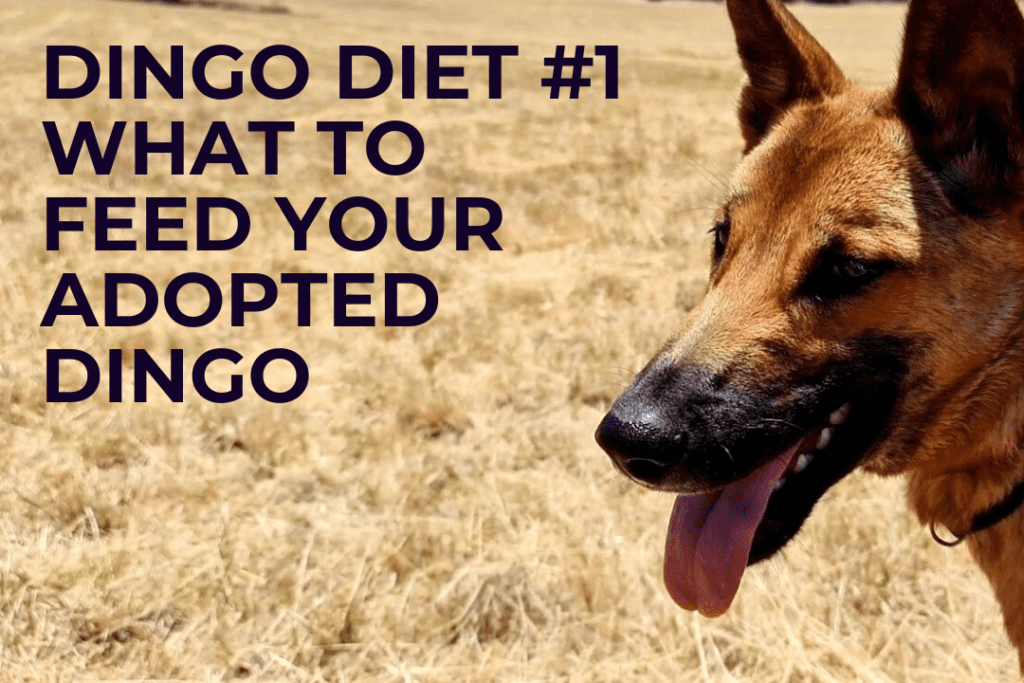
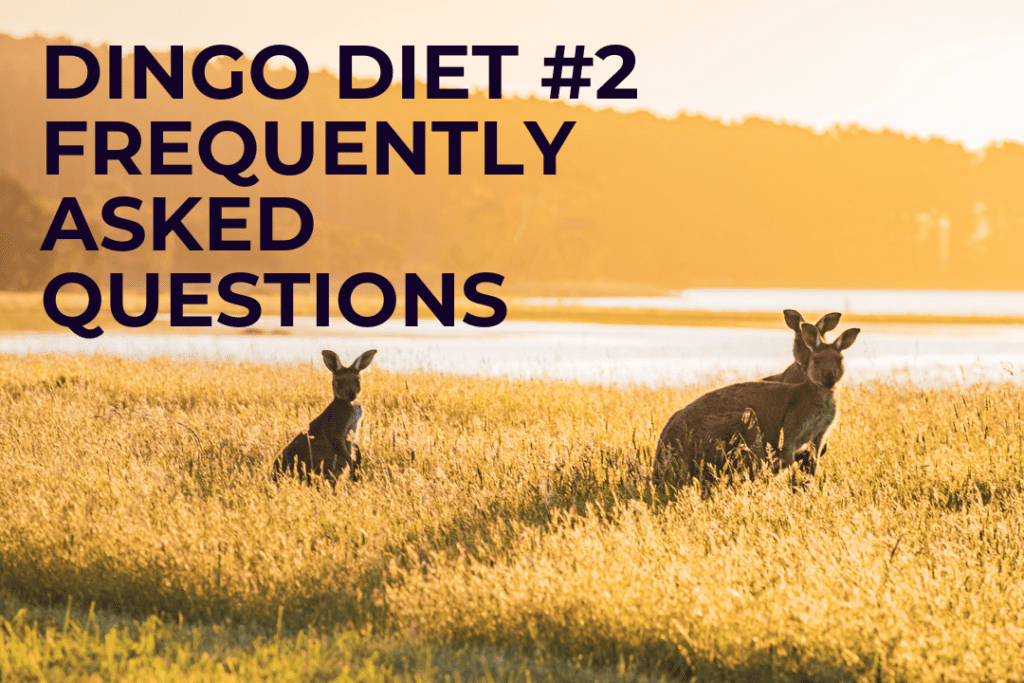
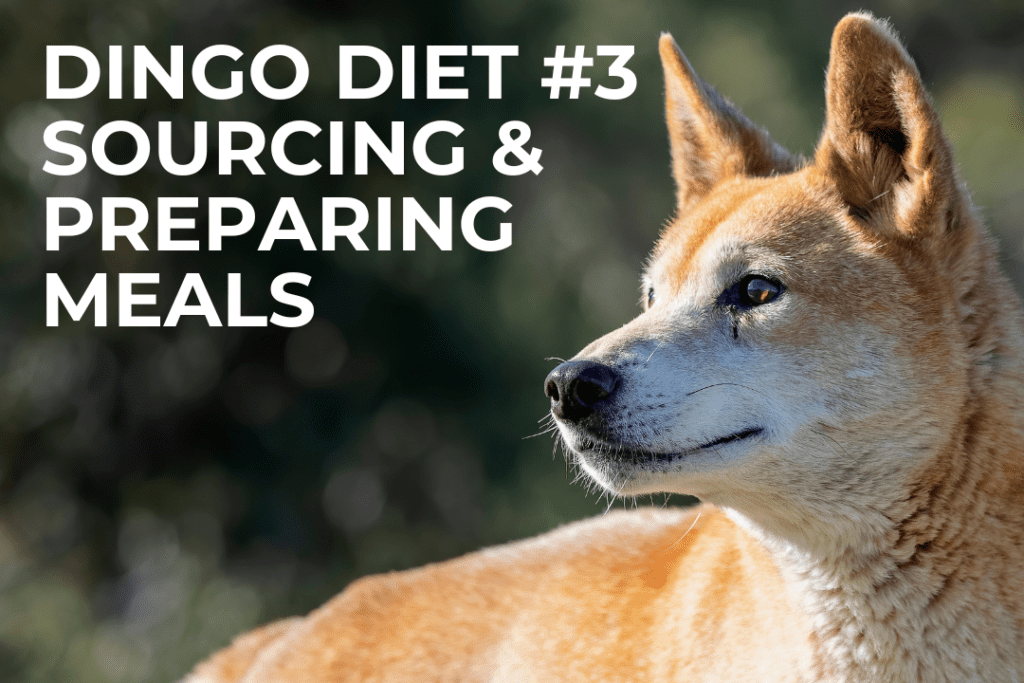
0 Comments